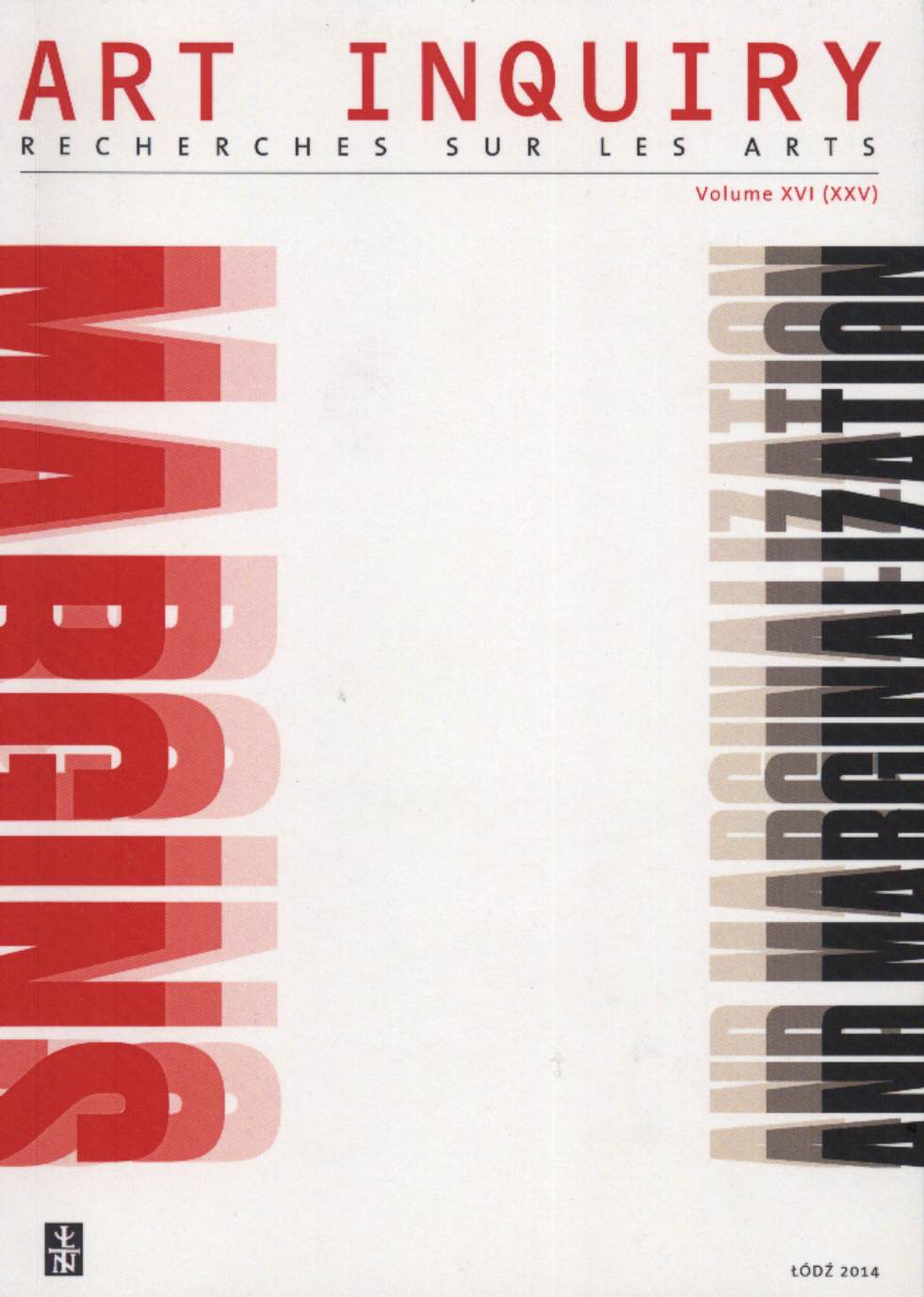Extrasensory Images: Marginal Phenomenon or Important Trend in the European Art?
Extrasensory Images: Marginal Phenomenon or Important Trend in the European Art?
Author(s): Ewa Wojtyniak-DębińskaSubject(s): Philosophy, Fine Arts / Performing Arts
Published by: Łódzkie Towarzystwo Naukowe
Keywords: Imagination; altered states of consciousness; visionary art; extrasensory images in art; transposing works of art
Summary/Abstract: This article attempts to answer the question of whether a work of art created under the influence of extrasensory images can be considered a marginal phenomenon in the European art. The author points out that in our culture the interest in this kind of creative inspiration gained importance only in the mid-nineteenth century. Then, she discusses various causes of altered states of consciousness and subsequent stages of trance during which extrasensory images appear. Focusing on works of art which were inspired by such images, she refers to the concepts of David Lewis-Williams, Stanislav Grof, Stanisław Ignacy Witkiewicz, Aldous Huxley and Carl Gustav Jung. The text is concluded with a reflection on the contemporary significance of art with extrasensory sources. The author emphasizes the remonstrative nature of such art and its role in self-knowledge. It is believed that extrasensory images expand our understanding of personality and allow us to go beyond the scope of the problems imposed through the media by politicians or religious leaders.
Journal: Art Inquiry
- Issue Year: 2014
- Issue No: 16
- Page Range: 101-114
- Page Count: 14
- Language: English

